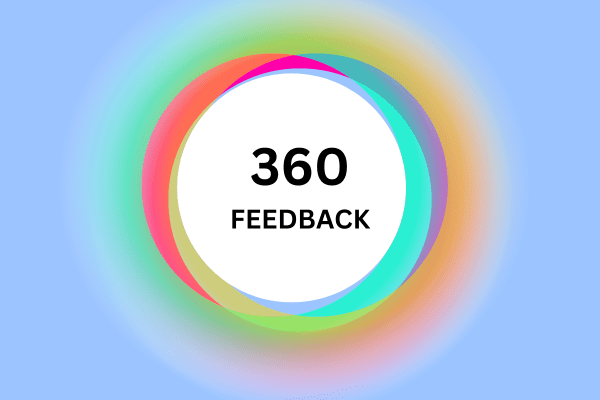Navigate Your Emotions with Precision
Ever found yourself lost in a whirlwind of emotions, struggling to put a name to what you’re feeling? Enter the emotional wheel—a visual compass that not only guides you through the vast landscape of your feelings but also empowers you to navigate them with finesse.
The Greater Good Science Center’s research reveals that humans can experience 27 different emotions! Despite this, many individuals find it challenging to accurately recognise and express their feelings. An emotional wheel serves as a valuable tool to enhance emotional intelligence. In this article, we will explain how to use an emotion wheel, what are the benefits of using it, and how to create your emotional wheel.
What is an Emotional Wheel?
Click the below image for a larger version:
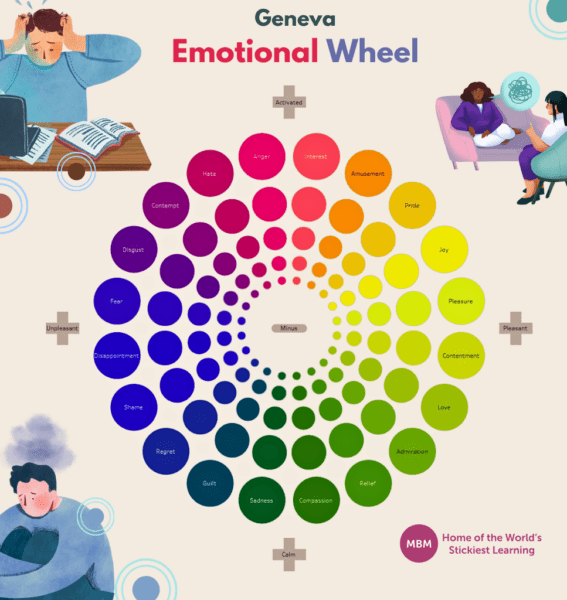
An emotional wheel is a visual tool that helps us identify and understand our emotions. It is based on the idea that emotions are not discrete, but rather interconnected and dynamic. By using an emotional wheel, we can explore the range and intensity of our feelings, and how they relate to each other.
The concept of the emotional wheel was first proposed by psychologist Robert Plutchik in 1980. He suggested that there are eight basic emotions: joy, sadness, anger, fear, trust, disgust, surprise, and anticipation. Plutchik also proposed that these emotions can be combined to form more complex emotions, such as love, guilt, shame, and awe. He represented these emotions in a wheel-like diagram, where the colours and the distance from the centre indicate the intensity and the similarity of the emotions.
There are different versions of the emotional wheel, depending on the purpose and the preference of the user. Some of the most popular ones are the Geneva emotion wheel, which uses 20 emotion terms and asks the user to rate their valence and arousal; and the feelings wheel, which uses 132 emotion words and organises them into six core emotions and three levels of intensity. These emotional wheels can help us improve our emotional awareness and intelligence, which are the abilities to recognise, understand, and manage our own and others’ emotions.
Click the below image for a larger version:
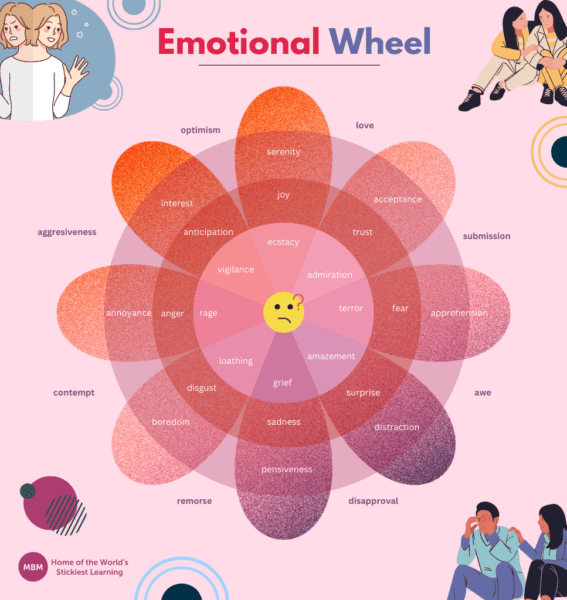
Emotional Wheel Vs Empathy Wheel Vs Calm Feelings Wheel
The emotional wheel, empathy wheel, and calm feeling wheel are all tools that can be used to help individuals understand and regulate their emotions. However, they differ in their focus and application. The emotional wheel is primarily focused on identifying and labelling different emotions, while the empathy wheel is focused on developing empathy and understanding for others’ emotions. The calm feeling wheel is focused on identifying and cultivating positive emotions that promote feelings of calmness and well-being.
The emotional wheel is based on the psychoevolutionary theory of basic emotions and proposes that eight primary emotions serve as the foundation for all others. The empathy wheel, on the other hand, facilitates individuals in developing empathy and understanding for others’ emotions by identifying the different components of emotional experiences, such as physical sensations, thoughts, and behaviours. The calm feeling wheel concentrates on cultivating positive emotions that foster feelings of calmness and well-being, such as gratitude, contentment, and joy. By using these tools together, individuals can gain a more comprehensive understanding of their emotions and formulate more effective strategies for managing them.
How to Make Your Own Emotional Wheel?
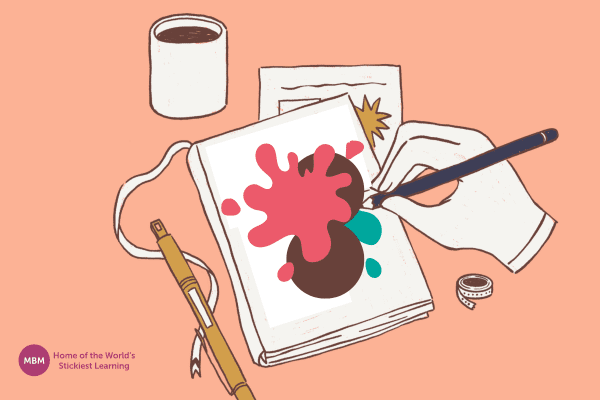
Here are some steps you can follow to create your own emotional wheel:
- Identify your core emotions: This is the first step in creating your own emotional wheel. These are the emotions that you experience most frequently and have the greatest impact on your life. Some examples of core emotions include joy, sadness, anger, fear, and surprise.
- Identify the opposite pairs: Once you have identified your core emotions, the next step is to group them into opposite pairs. For example, joy and sadness are opposite pairs, as are anger and fear. This will help you create a more balanced emotional wheel that represents the full range of your emotional experiences.
- Arrange the emotions: Once you have identified your opposite pairs, the next step is to arrange them in a circular pattern. You can use a compass or trace around a circular object to make sure your circle is round. Then, divide the circle into sections and label each section with a different emotion.
- Colour the sections: Finally, use coloured markers or pencils to colour in each section of the circle. You can use different colours for each emotion, or use shades of the same colour to represent different intensities of each emotion.
Sticky Learning ® is 7 times more effective than 1-day training courses. Plus, you will get a Chain of Evidence proving your Return on Investment. Discover soft skills training that changes behaviours long term.

How to Use the Emotional Wheel to Identify Your Emotions?
You might be wondering how can I actually figure out what I’m feeling. Using an emotional wheel can help us identify and understand our emotions better. It can also help us cope with difficult or overwhelming feelings, and improve our well-being and happiness. Here are some steps on how to use an emotional wheel effectively:
-
Find the Emotion That Best Describes How You Are Feeling
Look at the emotional wheel and try to locate the emotion that matches your current state. You can start from the core emotions and move outward to the more specific ones. For example, if you are feeling sad, you can check if you are feeling gloomy, depressed, hopeless, or lonely. Be honest and accurate with yourself, and don’t judge or dismiss your feelings.
-
Figure Out the Trigger
Once you have identified your emotion, try to understand what caused it. What happened or what did you think that made you feel this way? Was it something external, such as an event, a person, or a situation? Or was it something internal, such as a memory, a belief, or an expectation? Try to be as specific and objective as possible, and avoid blaming yourself or others.
-
Analyse the Connections
Next, attempt to understand the connection between your emotions and other aspects of your life, such as your thoughts, behaviours, physical sensations, and values. How does your emotion affect the way you think, act, feel, and live? Does it align or conflict with your goals and aspirations? How does it influence your relationships and interactions with others? Try to be aware and curious about the impact of your emotion, and how it shapes your reality.
-
Make Changes or Take Actions
Finally, try to decide what you want to do with your emotions. Do you want to change it, accept it, or express it? Should you do something about the trigger, or let it go? Do you want to seek help or support, or deal with it on your own? Do you want to learn from it, or move on from it? Whatever you choose, make sure it is healthy, constructive, and respectful of yourself and others.

Here Are Some Scenarios to Illustrate How an Emotional Wheel Can Help in Different Situations:
-
Scenario 1:
You are feeling angry after a heated argument with your partner. Then, you look at the emotional wheel and realise that you are feeling furious, resentful, and betrayed. You think about what triggered your anger, and you realise that it was your partner’s lack of trust and honesty. Now, you analyse how your anger affects your thoughts, behaviours, sensations, and values, and you notice that it makes you think negatively, act aggressively, feel tense, and violate your value of respect. You decide to calm down, communicate your feelings, and resolve the conflict with your partner.
-
Scenario 2:
You are feeling anxious before a big presentation at work. Then, you look at the emotional wheel and realise that you are feeling nervous, insecure, and overwhelmed. You think about what triggered your anxiety, and you realise that it was your fear of failure and rejection. Now, you analyse how your anxiety affects your thoughts, behaviours, sensations, and values, and you notice that it makes you think irrationally, act timidly, feel shaky, and undermine your value of confidence. You decide to relax, prepare well, and focus on your strengths and achievements.
-
Scenario 3:
Feeling happy after a fun day with friends, observing the emotional wheel reveals joy, gratitude, and satisfaction. Reflecting on the triggers, it becomes evident that friends’ support and appreciation are key. You analyse the impact, happiness leads to positive thoughts, kind actions, energised feelings, and a deep appreciation for the value of friendship. This prompts a decision to celebrate, express gratitude, and cherish the moment.
Benefits of Using an Emotional Wheel

The emotional wheel serves as a valuable tool for enhancing self-awareness. By providing a comprehensive spectrum of emotions it, allows individuals to pinpoint and articulate their feelings with greater precision. This heightened awareness enables a deeper understanding of one’s emotional landscape, fostering personal growth and a more profound connection with one’s inner self. As individuals become adept at identifying and labelling their emotions using the emotional wheel, they gain a valuable tool for navigating life’s challenges with increased emotional intelligence.
Moreover, it contributes significantly to the improvement of communication skills. As individuals develop a nuanced vocabulary for their emotions, they can express themselves more clearly and effectively to others. This enhanced communication fosters empathy and understanding in interpersonal relationships, reducing misunderstandings and conflicts. The emotional wheel acts as a common language, facilitating meaningful conversations about emotions and promoting a more supportive and empathetic social environment.
In addition to its role in self-awareness and communication, it empowers individuals to develop more effective coping strategies. When faced with stress, anxiety, or challenging situations, the emotional wheel allows individuals to identify their emotional state accurately. This awareness serves as a crucial first step in implementing targeted coping mechanisms. Whether through mindfulness, self-reflection, or seeking support, individuals equipped with the emotional wheel can tailor their coping strategies to address specific emotional needs, fostering resilience and overall well-being.
How Different Cultures Can Use the Emotional Wheel

The emotional wheel is a tool that can be used to help individuals understand and regulate their emotions. However, its effectiveness can vary across different cultures. In some cultures, emotional expression is highly valued and encouraged, while in others, it is viewed as a sign of weakness or vulnerability. Therefore, it’s important to consider cultural differences when using the emotional wheel and other tools for emotional regulation.
One way to use it in different cultures is to adapt it to local contexts. For example, the emotional wheel could be modified to include emotions that are specific to a particular culture or language. This can help individuals from that culture or language group better identify and express their emotions. Additionally, the emotional wheel could be used in conjunction with other tools and techniques that are more culturally appropriate, such as storytelling, music, or dance.
Another way to use it in different cultures is to focus on the universal aspects of emotional experience. While the specific emotions and their labels may differ across cultures, the underlying psychological and neurological processes that govern emotional experience are largely the same. Therefore, by focusing on the core components of emotional experiences, such as physical sensations, thoughts, and behaviours, individuals from different cultures can use the emotional wheel to gain insight into their emotions and develop more effective strategies for managing them.
Using the Emotional Wheel to Identify and Manage Negative Emotions
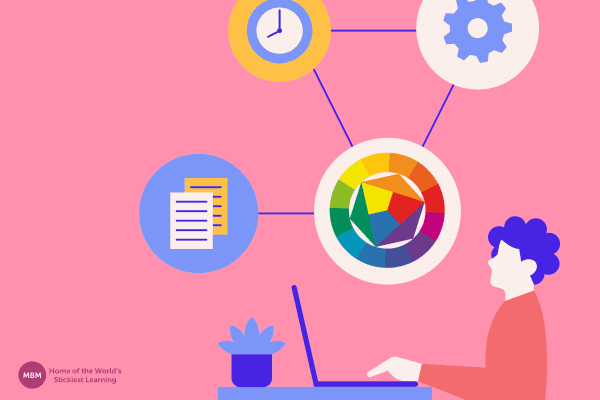
The emotional wheel can be a powerful tool for improving mental health outcomes. One of the primary benefits of using the emotional wheel in a mental health context is that it can help individuals develop greater self-awareness and emotional regulation. By identifying and labelling different emotions, individuals can gain insight into their emotional states and learn how to manage them more effectively. This can lead to improved mental health, better relationships, and greater overall life satisfaction.
Using the Emotional Wheel to Overcome Creative Blocks
It can also be used to enhance creativity and innovation. By using the emotional wheel to identify and express their emotions more effectively, individuals can gain greater insight into their creative processes and develop more innovative solutions to problems. Additionally, the emotional wheel can be used to promote open-mindedness and curiosity, which are essential qualities for creativity and innovation.
Using the Wheel in Leadership
The emotional wheel can be a powerful tool for developing effective leadership skills. One of the primary benefits of using the emotional wheel in a leadership context is that it can help leaders develop greater empathy and understanding for their team members’ emotions. By identifying and labelling different emotions, leaders can gain insight into their team members’ emotional states and learn how to respond to them more effectively. This can lead to improved communication, better relationships, and more effective conflict resolution.
The Wheel’s Effect on Team Dynamics
The emotional wheel can also be used to improve team dynamics. By using the emotional wheel to identify and label different emotions, team members can gain a better understanding of each other’s emotional states and learn how to communicate more effectively. This can lead to improved collaboration, better decision-making, and more effective conflict resolution. Additionally, the emotional wheel can be used to promote open communication and trust within the team. This can lead to greater overall team cohesion and performance.
The Emotional Wheel Limitations
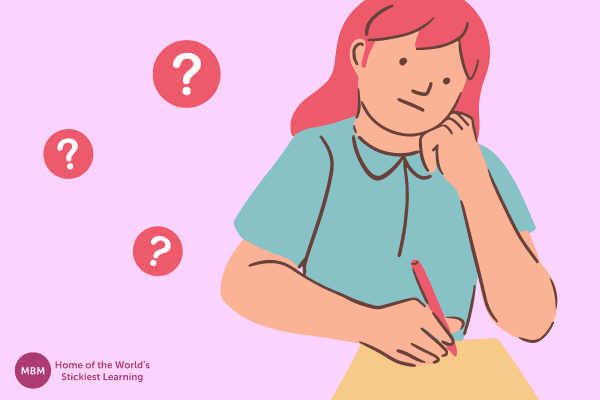
While the emotional wheel can be a useful tool for identifying and regulating emotions, it has its limitations. One of the primary limitations is that it can oversimplify complex emotions. A wide range of factors, such as past experiences, cultural background, and social context, often influence emotions, making them multifaceted. Therefore, it’s important to use the wheel in conjunction with other tools and techniques. This will allow you to gain a more comprehensive understanding of emotions.
Another limitation is that it can exhibit cultural bias. The wheel was developed in a Western cultural context and may not apply or be relevant to other cultures. Therefore, it’s important to consider cultural differences when using the emotional wheel and other tools for emotional regulation. Additionally, it may not be effective for individuals who have difficulty identifying or expressing their emotions.
Conclusion
In summary, the emotional wheel is a powerful tool for identifying and regulating emotions. However, it’s important to note that the emotional wheel has its limitations, such as oversimplification of complex emotions and cultural biases. Therefore, it’s important to use the emotional wheel in conjunction with other tools and techniques to gain a more comprehensive understanding of emotions. Overall, the emotional wheel is a valuable resource for individuals who want to improve their emotional intelligence and well-being.




